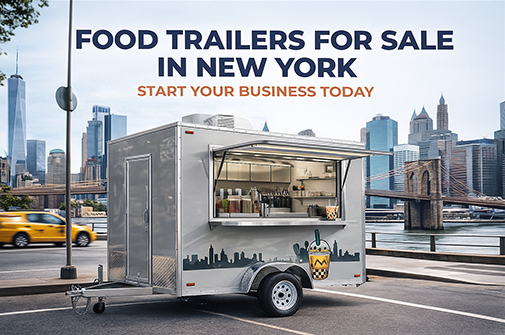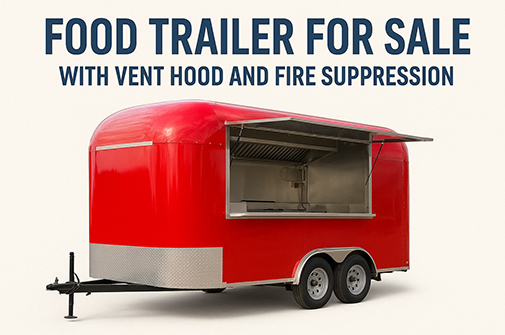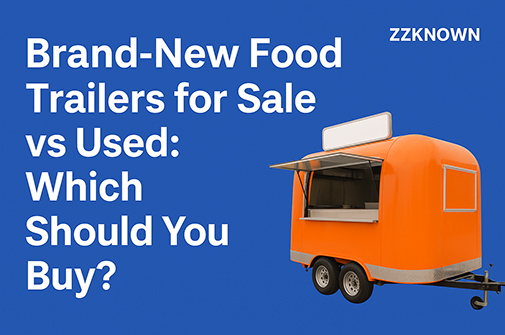Before designing your storage system, familiarize yourself with your local food safety laws (e.g., FDA in the U.S., FSSAI in India, or local health departments). These typically cover:
Safe storage temperatures
Separation of raw and cooked food
Labeling and dating requirements
Cleaning and maintenance standards
Maintain refrigeration below 5°C (41°F).
Freezers should stay below -18°C (0°F).
Use built-in under-counter refrigerators/freezers to maximize space (like those integrated into stainless steel workstations).
Store meat, dairy, and perishables in separate containers to avoid cross-contamination.
Keep in sealed bins or labeled containers, off the floor, in a cool, dry, and shaded area.
Use stackable containers and vertical shelves.
Store dry goods like flour, sugar, coffee beans, tea, etc.
Organize your stock so that the oldest items are used first:
Label each container with received date and expiry/use-by date.
Rotate ingredients every delivery.
Conduct daily inventory checks to remove expired or spoiled items.
Clearly label all containers with product name, allergen info, and expiration date.
Keep raw meats separate from ready-to-eat items.
Use color-coded bins (e.g., red for meat, blue for seafood, green for produce).
Install multi-functional equipment like under-counter freezers and prep stations.
Use stackable containers, magnetic spice jars, and foldable shelves.
Build vertical storage (use wall-mounted hooks, racks, and shelves).
Place infrequently used items higher up or under counters.
Use digital thermometers inside your fridge and freezer.
Keep a temperature log to show health inspectors.
Install alarms that alert you if the temperature exceeds safe limits.
Use food-grade plastic or stainless steel bins with tight lids.
Avoid glass (it can break) or low-quality plastics.
Use clear containers for quick identification.
Consider vacuum-sealed bags for meats and prepped ingredients.
Avoid overloading the fridge/freezer to allow air to circulate freely.
Keep air vents clear.
Don’t store food directly against the cooling unit walls.
Clean all storage surfaces daily.
Deep clean fridge/freezer weekly to avoid frost, mold, and odor.
Use food-safe sanitizers.
Wipe down all bins, handles, and seals regularly.
Have an ice chest or backup cooler on hand in case of power failure.
Use a portable generator or battery backup system for refrigerators.
Establish a protocol for discarding unsafe food if cold storage fails.
Stainless steel workbenches with built-in freezer/refrigerator
Saves space and improves workflow
Waterproof and fireproof cabinets
Ideal for dry goods
Adjustable shelving
For organizing stock at different heights
Sliding drawer fridges
Easy access without needing to open full doors in tight spaces
| Storage Type | Best Practices |
|---|---|
| Cold Storage | Keep below 5°C; avoid overloading; label items |
| Freezer Storage | Below -18°C; use vacuum-sealed packaging |
| Dry Storage | Cool, dry area; off-floor; airtight containers |
| Shelving | Vertical, adjustable, labeled |
| Labeling | Use product names, dates, allergen tags |
| Containers | Use food-safe, stackable, and clear bins |
| Monitoring | Use thermometers and keep logs |
| Cleaning | Daily wipe-downs, weekly deep cleans |
Handling food storage effectively in a food trailer requires a mix of creativity, organization, and strict adherence to hygiene and temperature guidelines. By leveraging built-in cold storage (such as under-counter fridges integrated into stainless steel stations), smart labeling, and space optimization, you can run a safer and more efficient operation.




